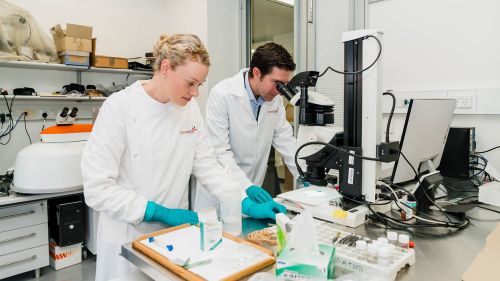Researchers from Edith Cowan University (ECU) have developed a tool to visualise allergenic trees in four of Australia’s major cities, which could help alleviate the symptoms of people living with pollen allergies or hay fever.
"Green spaces in urban areas are tremendously important for people's mental health as well as their physical wellbeing. But for some people it can be a bit of a detrimental experience going into these spaces, especially if they are exposed to high levels of pollen," Dr Mary Hanson said.
Around one in every four Australians have hayfever, including most of the 2.8 million Australians living with asthma.
Dr Hanson noted that allergic respiratory disease is more common in urban populations, partly because key aeroallergens are more abundant in these environments.
In sensitised individuals, exposure to pollen can produce a spectrum of respiratory symptoms which, in rare cases, can result in severe asthma, as observed during 'thunderstorm asthma'.
Most cases range from mild to moderate hay fever or asthma which are associated with substantial direct and indirect costs through healthcare, workplace absenteeism and medication.
While grass pollen is the largest allergen, tree pollen is also a factor being considered by experts.
"Our research makes use of an existing programme which is free to download, layered with a new visualisation of potential tree allergenicity.
"We incorporated tree maps that are currently available from the city councils in Perth, Melbourne, Sydney and Adelaide to identify hotspot areas with higher levels of allergen pollen," Dr Hanson said.
"If people are able to avoid those hotspots by making minor adjustments to their lifestyle, like taking a different route home, it could improve their quality of life."
Researchers at ECU are currently creating an online project portal that will soon be available for people to visualise potential tree allergenicity in the Perth city area. Additionally, the Perth Pollen website and app; provides a great resource for pollen and airborne allergen information, including the grass pollen forecast for Perth.
Future research is planned to map pollen risk in Perth more broadly using machine learning and artificial intelligence, building on the limited work that has been done in this space to date and improving the accessibility of pollen data for the WA community.

 Around one in every four Australians have hayfever, including most of the 2.8 million Australians living with asthma.
Around one in every four Australians have hayfever, including most of the 2.8 million Australians living with asthma.



